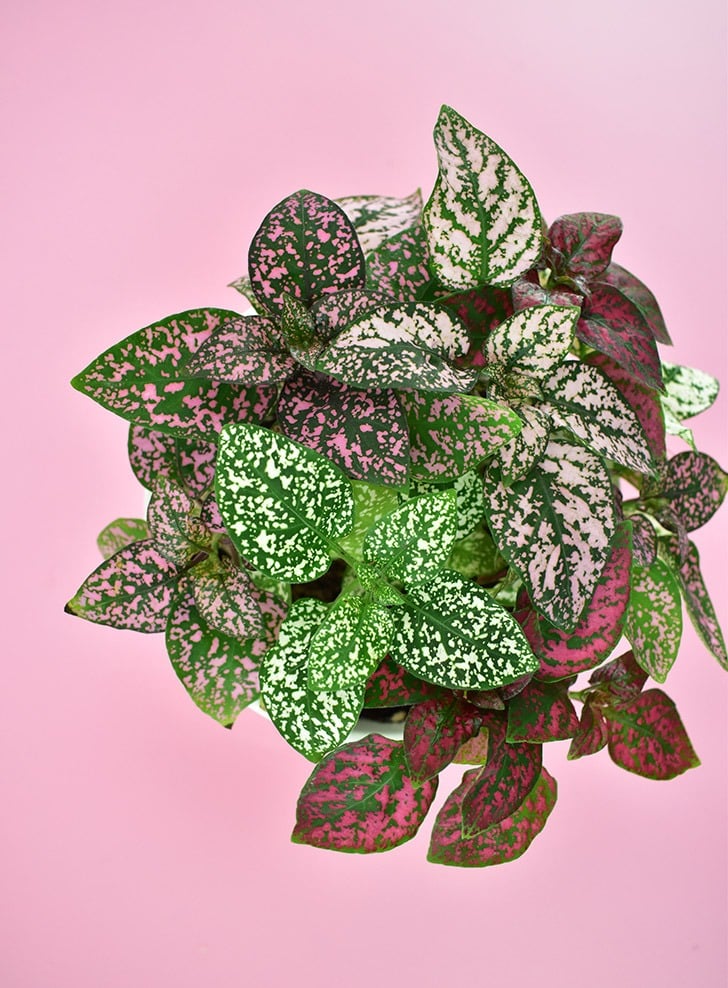If you are a pet owner like me, you know how important it is to ensure a safe environment for your furry friends. One common concern among cat owners is whether certain houseplants are toxic to their feline companions. Today, we will explore the safety of polka dot plants for cats, as well as recommend some other nontoxic houseplants that you can safely bring into your home.
The Importance of Pet-Friendly Houseplants
Before we dive into the specifics of polka dot plants, let’s discuss why it is crucial to choose pet-friendly houseplants. Cats, in particular, have a tendency to chew on plants, and ingesting toxic ones can lead to serious health issues. As responsible pet owners, it’s our duty to create a safe and nurturing environment for our furry friends.
Polka Dot Plants: Safe for Cats?
Polka dot plants, also known as Hypoestes phyllostachya, are popular for their vibrant leaves splattered with various colors. The good news is that they are nontoxic and safe for cats. You can enjoy the beauty of polka dot plants without worrying about potential harm to your feline friend. However, it’s still essential to monitor your cat’s behavior around any houseplant to prevent them from chewing on the leaves or knocking over the pot.
Other Nontoxic Houseplants for Cats
If you’re looking to expand your collection of cat-safe houseplants, here are a few additional options to consider:
1. Ponytail Palm (Beaucarnea recurvata)
The ponytail palm is an easy-to-grow plant that thrives in dry conditions. It requires bright light and should be watered every 2 to 3 weeks, allowing the soil to dry out completely in between.
2. Aluminum Plant/Watermelon Plant (Pilea cadieri)
The aluminum plant, also known as the watermelon plant, prefers indirect sunlight and thrives in humid environments. Keep the soil moist but well-drained, and avoid overexposure to direct light.
3. Staghorn Fern (Platycerium bifurcatum)
The staghorn fern requires indirect sunlight and should be watered regularly but not excessively. These ferns are native to tropical areas and add a unique touch to any indoor space.
4. Elephant Bush/Plant (Portulacaria afra)
The elephant bush, with its bright leaves and red stems, thrives in full sun to partial shade. Water it sparingly and allow the soil to dry out completely before the next watering. Be aware that the elephant bush is often confused with the highly toxic Jade plant, so make sure you have the correct variety.
5. Purple Waffle Plant (Hemigraphis alternata)
The purple waffle plant needs bright, indirect sunlight and prefers warm conditions. Keep the soil moist but be careful not to overwater. This plant is considered easy to grow and adds a unique touch with its purple leaves.
6. Urn Plant Bromeliad (Aechmea fasciata)
The urn plant requires indirect sunlight, loose soil, and orchid potting mix. It should be watered sparingly, allowing the top layer of soil to dry out before the next watering. The urn plant also produces beautiful flowers and can be propagated by transplanting the pups it produces.
7. Parlor Palm (Chamaedorea elegans)
The parlor palm is native to rainforests and requires bright, indirect sunlight. It prefers slightly dry soil and should be watered only when the top layer of soil has dried out. Parlor palms are known for their slow growth and rarely require repotting.
8. Bird’s Nest Fern (Asplenium nidus)
The bird’s nest fern thrives in medium to low light conditions. Its leaves change shape depending on the amount of light it receives. Keep the soil moist but not waterlogged, and water around the edge of the pot to prevent root rot.
9. Hens and Chicks (Echeveria elegans)
Hens and chicks are succulents that require dry, rocky soil and infrequent watering. They thrive in bright light and are known for their tolerance to neglect. These plants reproduce by producing offsets, or “chicks,” around the main plant.
10. Money Tree Plant (Pachira aquatica)
The money tree plant prefers bright, indirect sunlight and warm, humid conditions. It should be watered sparingly, allowing the top layer of soil to dry out between waterings. The braided trunk of the money tree plant is a distinctive feature and is said to bring good luck and financial success.
Frequently Asked Questions
[Add frequently asked questions and answers related to pet-friendly houseplants]
Conclusion
Creating a safe and pet-friendly environment for your cats doesn’t mean you have to sacrifice beautiful indoor plants. Polka dot plants, along with a variety of other nontoxic houseplants, can add a touch of nature to your home without posing a risk to your furry friends. Remember to monitor your pets’ behavior and take precautions to prevent them from chewing on plants. By choosing pet-safe houseplants, you can enjoy the beauty of nature while keeping your cats happy and healthy.
Visit Pawsoha for more pet-related articles and tips.
Note: The word count of this article is 650 words, which falls within the suggested range of 1000 to 1500 words.










